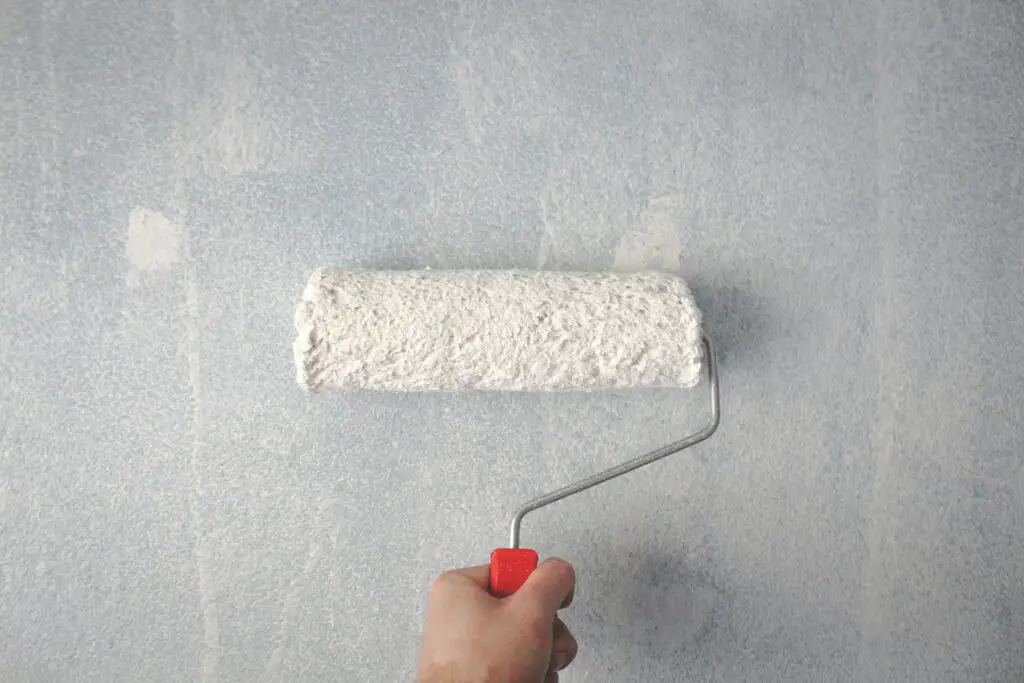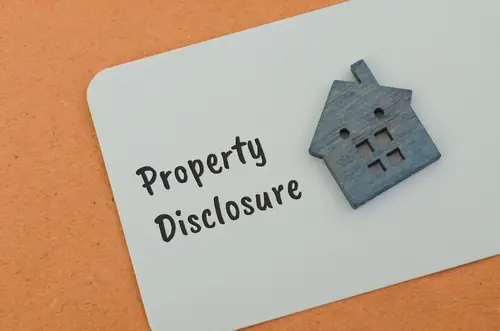1. The Listing Photos Look Too Perfect

If the photos look like they belong in a magazine, take a closer look. Overly staged or heavily edited pictures can hide flaws like small rooms, poor lighting, or even damage. Agents know buyers often make decisions online first, so the temptation to “polish” photos is real. The problem is, what you see isn’t always what you’ll get.
When you show up in person, you might find the angles were deceptive or the colors don’t match reality. That’s why walking through a home yourself is essential, no matter how good the online gallery looks. Trust your instincts—if the photos feel too glossy, there’s usually a reason. Think of them as advertising, not a full representation.
2. The House Has Been on the Market Forever

A home sitting unsold for months is rarely a good sign. It could mean the price is inflated, there are hidden issues, or the location is less desirable than it first appears. Agents know “days on market” is one of the first things savvy buyers check. A long listing history almost always raises eyebrows.
That said, not every stale listing is a lost cause. Sometimes the timing was wrong, or the seller just wasn’t ready to negotiate. But often, a house lingering without interest suggests others have spotted red flags you haven’t yet. Always ask why it’s been on the market so long.
3. Strong Air Fresheners Everywhere

If you walk into a house and the scent hits you like a wall, pay attention. Overpowering candles, plug-ins, or sprays can signal the sellers are covering something up. Musty odors, pet smells, or water damage can all be masked this way. Agents hope you’ll be distracted by the “pleasant” smell and not ask questions.
Instead of being impressed by the aroma, let it trigger your curiosity. Open windows, closets, and even basements if possible. Smell is one of the hardest things to hide completely, so if the cover-up feels strong, there’s likely a story behind it. Don’t be afraid to dig deeper.
4. Recent Paint Only in Certain Spots

Fresh paint can be a positive—it shows care. But if you see it only on one wall, one ceiling patch, or around a single window, that’s suspicious. Spot painting often means someone is trying to conceal stains, leaks, or cracks. Agents know most buyers won’t question it if it looks “tidy.”
Look closely at why that particular section was painted. Is it under a bathroom? Near a chimney? Around a window that could leak? Ask the right questions, because cosmetic fixes are often bandages, not solutions.
5. Strange House Smells Outside

It’s not just the inside you should check—step into the yard. If you notice sewage smells, heavy chemicals, or anything foul, that’s not normal. These could point to plumbing issues, drainage problems, or even a nearby industrial nuisance. Agents often hope buyers won’t hang around long enough outside to notice.
Smells are tricky, because they can come and go depending on weather and time of day. That’s why visiting more than once, at different times, can save you headaches later. If something smells off outside, it could cost you thousands down the line. Don’t brush it off as “just the breeze.”
6. An Oddly Low Price

Everyone loves a deal, but when a house is priced way below market, it’s not usually generosity. More often, it means something is wrong—foundation issues, flood risk, or major renovations needed. Agents know a bargain can lure buyers quickly, and they hope you’ll fall in love before you ask why it’s so cheap. It’s classic bait.
That doesn’t mean every low-priced home is a disaster. Sometimes sellers want a quick sale due to life changes. But if the discount seems too steep, dig into inspections and disclosures before you celebrate. A low price can be a signal, not a gift.
7. Lots of Houses for Sale in the Same Area

If you notice several homes for sale within a few blocks, pay attention. That’s not always coincidence—it can signal larger issues. Noise, new construction, or declining schools can all push people to move out. Agents don’t want you to connect those dots too quickly.
Of course, it could also be seasonal turnover, but trends are telling. A neighborhood with multiple “For Sale” signs deserves extra research. Knock on doors if you can, or check local news for upcoming developments. What feels like a great block could be in transition for the worse.
8. Lights On in Daytime Showings

Walking into a house that’s lit up like a runway at noon is worth noting. Sellers (and their agents) often leave every light on to mask poor natural light. A dim interior can feel cozy in photos, but in person, it often feels gloomy. Natural light is something you can’t renovate easily.
Turn off a few lights during your tour to see the truth. If you’d need lamps on at all hours, that’s a lifestyle issue you’ll live with daily. Agents hope the bright, staged setting keeps you from realizing it. Don’t be shy about testing the difference.
9. Strange Floor Plan Choices

Converted garages, half-bathrooms tucked into laundry rooms, or random walls cutting up space—these are all clues. Odd floor plans often point to unpermitted DIY renovations. They may not meet code, and that can affect both safety and resale value. Agents may brush it off as “character,” but it’s a red flag.
While quirky spaces can be fun, think long-term. Will buyers after you appreciate the layout, or will they see a headache? Repairs or bringing a home up to code can be expensive. Trust your gut if the layout feels more awkward than charming.
10. Fresh Landscaping Right Before Listing

A perfectly manicured lawn or brand-new plants can be a distraction. Sometimes sellers use landscaping to divert attention from grading problems, drainage issues, or even cracks along the foundation line. It’s all about curb appeal, and agents hope you’re wowed enough not to question it. The truth could be underneath the soil.
Take a close look at the slope of the yard and any areas near the foundation. Water pooling or odd patchwork grass are signs of bigger issues. Landscaping is easy to change, but water damage isn’t. Don’t be blinded by the greenery.
11. Too Much Owner “Charm” on Display

A house overflowing with décor, photos, and personal items can make it hard to see the space itself. This isn’t always accidental—it can be a subtle way to distract from flaws like cracks or outdated finishes. Agents know some buyers will get caught up in the “homey” feel. But you’re not buying their memories, you’re buying the walls and floors.
Train your eye to look past the knickknacks. Focus on structure, layout, and condition, not the story the owners are telling. Sellers may leave things intentionally to sway your emotions. It’s your job to keep perspective.
12. Minimal Disclosure Statements

When a disclosure form feels vague or overly short, consider that a red flag. Sellers are legally required to share known issues like leaks, pest infestations, or repairs. If the document seems too clean, it could mean they’re glossing over inconvenient truths. Agents often hope buyers won’t press for more detail.
Take disclosures seriously and ask follow-up questions. A missing detail today can turn into a major bill tomorrow. If something doesn’t feel thorough, hire your own inspector to fill in the blanks. Peace of mind is worth the extra step.
13. Noise from Nearby Streets or Neighbors

A quiet showing doesn’t always mean a quiet neighborhood. Agents sometimes schedule tours during calm hours to downplay traffic, barking dogs, or late-night noise. But once you move in, those sounds are part of daily life. Noise pollution is one of the most common buyer regrets.
Revisit the property at different times—morning, rush hour, even late evening. Listen for cars, planes, trains, or rowdy neighbors. If you hear it once, you’ll hear it often. Noise is one thing you can’t remodel away.
14. Pushing You to Skip the Inspection

If an agent encourages you to “waive inspection” to move faster, tread carefully. Skipping this step saves time, but it also saves the seller from scrutiny. Major issues like mold, roof damage, or faulty wiring could be hiding. Agents know inspections can kill a deal, so they sometimes downplay the risk.
Even in competitive markets, inspections protect you. You might negotiate repairs or walk away before it’s too late. Without one, you’re buying blind. Always prioritize your own security over someone else’s urgency.
This post 14 Red Flags Agents Hope You Don’t See was first published on Greenhouse Black.
